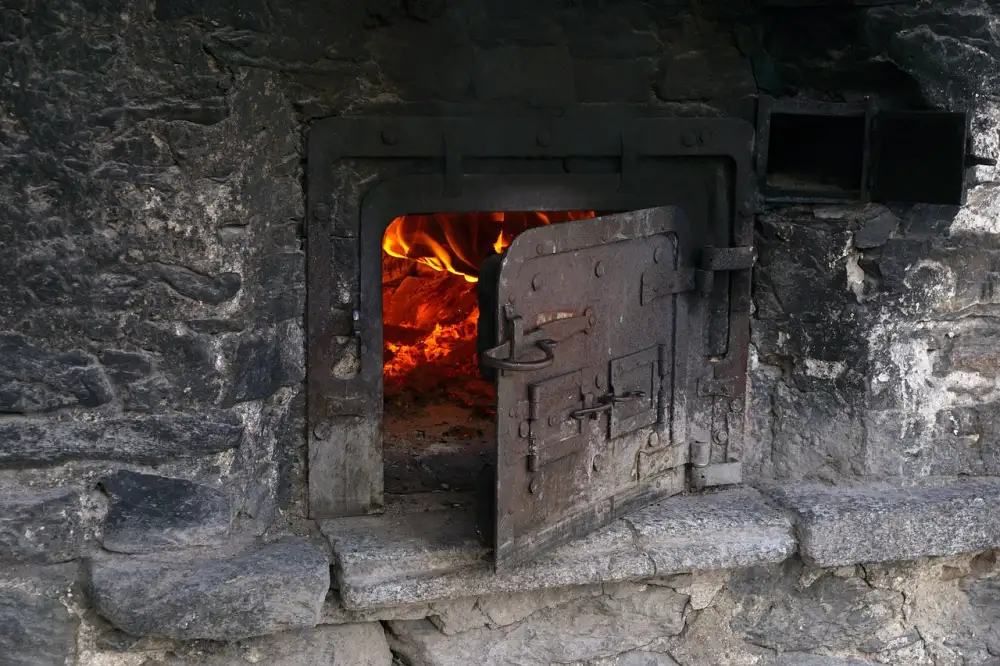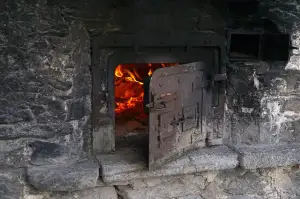Mastering Your Convection Oven: Essential Guide for Home Cooks

- Preheat the Oven: Set the convection oven to the recommended temperature for your recipe.
- Adjust Cooking Time: Reduce the cooking time by about 25% compared to a conventional oven.
- Use the Right Cookware: Opt for shallow pans to allow hot air to circulate evenly around the food.
- Avoid Overcrowding: Leave enough space between dishes for proper air circulation.
- Monitor Food: Check on your food a few minutes before the recommended cooking time to prevent overcooking.
- Rotate Dishes: If necessary, rotate dishes halfway through the cooking process for uniform browning.
- Use Lower Temperatures: Lower the temperature by 25°F to prevent burning or overcooking.
- Experiment and Practice: Practice using the convection oven with different recipes to get comfortable with its features.
Preheat the Oven: Set the convection oven to the recommended temperature for your recipe.
Preheating your convection oven is crucial to ensure that your food cooks evenly and thoroughly. Set the oven to the temperature recommended in your recipe, typically 25°F lower than what a conventional oven requires. This adjustment accounts for the fan circulating hot air, which speeds up cooking. Allowing the oven to preheat properly ensures that your dishes start cooking at the right temperature from the beginning, leading to better results.
Adjust Cooking Time: Reduce the cooking time by about 25% compared to a conventional oven.
When using a convection oven, it's essential to adjust the cooking time compared to a conventional oven. Due to the circulating hot air in a convection oven, food tends to cook faster and more evenly. As a general rule of thumb, reduce the cooking time by about 25% when using a convection oven. This adjustment helps prevent overcooking and ensures that your dishes come out perfectly cooked every time. Be sure to keep an eye on your food as it cooks to make any necessary adjustments for optimal results.
Use the Right Cookware: Opt for shallow pans to allow hot air to circulate evenly around the food.
When using a convection oven, it's crucial to select the right cookware to ensure optimal cooking results. Shallow pans are recommended as they allow hot air to circulate evenly around the food. This even distribution of heat helps in achieving uniform cooking and browning. Avoid using deep dishes that can block the flow of hot air, leading to unevenly cooked dishes. Opting for shallow pans will enhance the convection oven's efficiency and help you master its capabilities for delicious meals every time.
Avoid Overcrowding: Leave enough space between dishes for proper air circulation.
Avoid Overcrowding: To ensure that your convection oven works effectively, it's crucial to leave sufficient space between dishes. Crowding the oven can obstruct proper air circulation, leading to uneven cooking. By allowing hot air to flow freely around each dish, you'll achieve more consistent results. Remember, a well-spaced oven ensures that each item cooks evenly and prevents potential burning or undercooking. So, give your dishes some breathing room for optimal performance.
Monitor Food: Check on your food a few minutes before the recommended cooking time to prevent overcooking.
To ensure your dishes come out perfectly cooked, it's essential to monitor your food in the convection oven. Checking on your food a few minutes before the recommended cooking time allows you to prevent overcooking. Since convection ovens cook faster than conventional ovens, this step is crucial in preventing your food from becoming dry or burnt. By keeping an eye on your dish towards the end of the cooking process, you can make adjustments as needed to achieve optimal results.
Rotate Dishes: If necessary, rotate dishes halfway through the cooking process for uniform browning.
Rotating dishes halfway through the cooking process is essential when using a convection oven to ensure uniform browning. As the hot air circulates around the food, rotating the dishes helps to expose all sides evenly to the heat. This technique is particularly important for baked goods like cookies or pastries, where even browning is desired for a visually appealing finish. By rotating the dishes, you can prevent uneven browning and ensure that your food cooks evenly from all angles.
Use Lower Temperatures: Lower the temperature by 25°F to prevent burning or overcooking.
To prevent burning or overcooking when using a convection oven, it's essential to lower the temperature by about 25°F compared to what a recipe suggests for a conventional oven. The fan in a convection oven helps distribute heat more efficiently, so reducing the temperature ensures that your food cooks evenly without becoming too browned on the outside. This adjustment is crucial for achieving perfectly cooked dishes and avoiding any unpleasant burnt flavors.
Experiment and Practice: Practice using the convection oven with different recipes to get comfortable with its features.
Experimenting and practicing with your convection oven is key to mastering its features. Try baking cookies, roasting vegetables, or even cooking a roast to understand how the oven cooks differently than a conventional one. By testing out various recipes, you'll become more comfortable with adjusting temperatures and cooking times to achieve the best results. Don't be afraid to make mistakes - learning from them will help you become a pro at using your convection oven effectively.
Published: 30. 03. 2024
Category: Home



